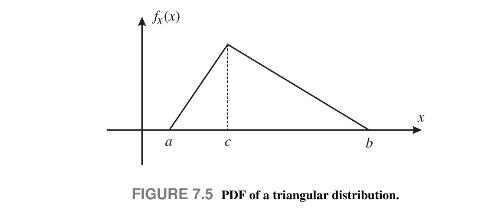An investor endowed with an initial wealth (W_{0}=1) (e.g., in euro) maximizes the expected value of the
Question:
An investor endowed with an initial wealth \(W_{0}=1\) (e.g., in euro) maximizes the expected value of the quadratic utility function \(u(x)=a x -\quad b x^{2} /2\), where \(x\) is the terminal wealth obtained by investing in \(n\) risky assets. Accordingly, the investor chooses a portfolio. Another investor, with a different initial wealth of \(W_{0}=K\), by optimizing the same utility function, chooses a different portfolio (in the sense that the asset weights are different).
- How do you explain the difference?

- If the second investor changes the coefficient \(b\) to \(b\), he finds the same portfolio as the first investor. What is the relationship between \(b\) and \(b\) ?
Step by Step Answer:

An Introduction To Financial Markets A Quantitative Approach
ISBN: 9781118014776
1st Edition
Authors: Paolo Brandimarte





